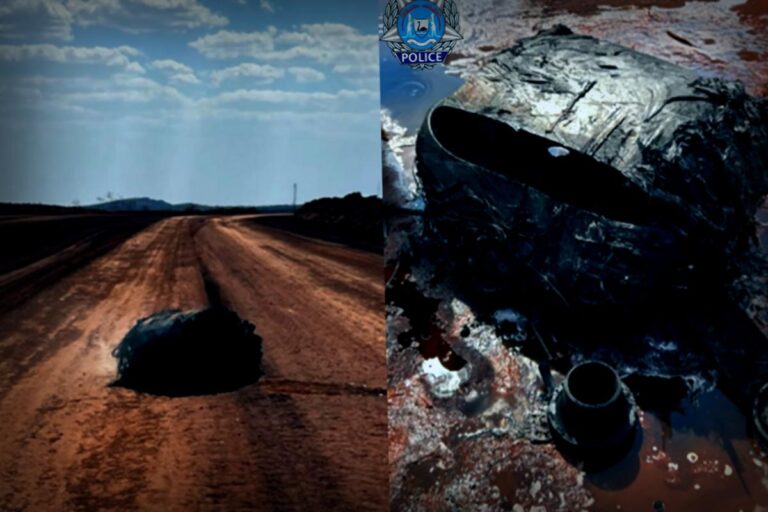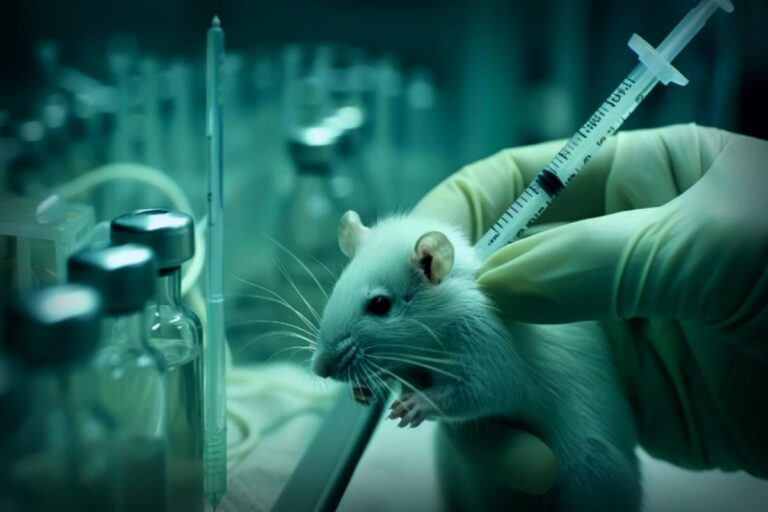The ocean, which covers over 70% of our planet, is still like a huge puzzle with most of the pieces missing. Surprisingly, researchers have determined that there might be around two million species living in the water, but so many of them haven’t even been named or discovered yet.
One big issue is that officially recognizing new species can take quite a long time, meaning some creatures might vanish before we ever get to know them. To tackle this, a global group of researchers kicked off the Ocean Species Discoveries project.
This initiative aims to publish short and informative descriptions of new species quickly. Their goal? To dramatically speed up the process from discovery to recognition so that we can keep a better record of marine biodiversity before human activities like deep-sea mining, pollution, and climate change wipe out these life forms.
“We want to make the process of documenting species faster, more accessible, and more visible,” the research team highlighted in their recent publication.
Fascinating Depths and Unique Finds
In their second major release featured in the Biodiversity Data Journal, a group of over 20 international researchers described 14 new species of marine invertebrates along with a couple of new genera.
The discoveries include worms, mollusks, and crustaceans from environments ranging from shallows to the darkest ocean abysses. One notable highlight is Veleropilina gretchenae—this new mollusk was found in the Aleutian Trench at an astonishing depth of 6,465 meters, marking it as the deepest-living creature identified in this set.
What’s even cooler is that it’s one of the first species of the class Monoplacophora to have its high-quality genome made accessible right from its original specimen.
Unconventional Discoveries
Another eye-catching find is a carnivorous bivalve, Myonera aleutiana, which was retrieved from depths between 5,170 and 5,280 meters, breaking depth records for its kind. Scientists employed non-invasive micro-CT scanning to analyze it, resulting in over 2,000 high-resolution images that exposed detailed anatomical insights. This work provides unparalleled views of any Myonera species ever studied.
At the Galápagos Rift hydrothermal vent fields, researchers stumbled upon a new amphipod—Apotectonia senckenbergae, named in honor of Johanna Rebecca Senckenberg, whose contributions to science paved the way for the Senckenberg Society for Nature Research.
On the Australian shores, researchers found a unique parasitic isopod named Zeaione everta, notably for its strange look. The back of the female resembles pops of popcorn, which inspired its genus name derived from the corn plant.
Discoveries from the Ocean Floor
The study also shed light on a unique ecological relationship. Scholars noticed a deep-sea tusk shell, Laevidentalium wiesei, carrying a sea anemone on its back, marking the first time such a bond has been documented in this genus. This gives us brand-new perspectives on how deep-sea life shares spaces in extreme conditions.
Coordinated by the Senckenberg Ocean Species Alliance (SOSA), the Ocean Species Discoveries project is minimizing the vast knowledge gap surrounding the ocean’s life. By quickening the process of taxonomic work, the initiative is ensuring that more species receive critical descriptions and are recorded in scientific catalogs before they slip away forever.
To explore more, check out the study published in the Biodiversity Data Journal.




















